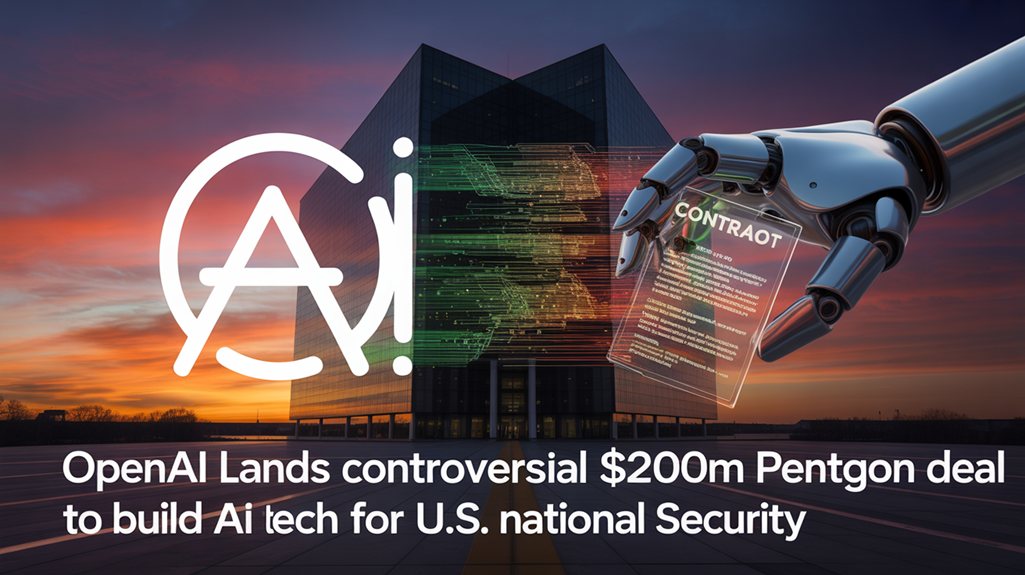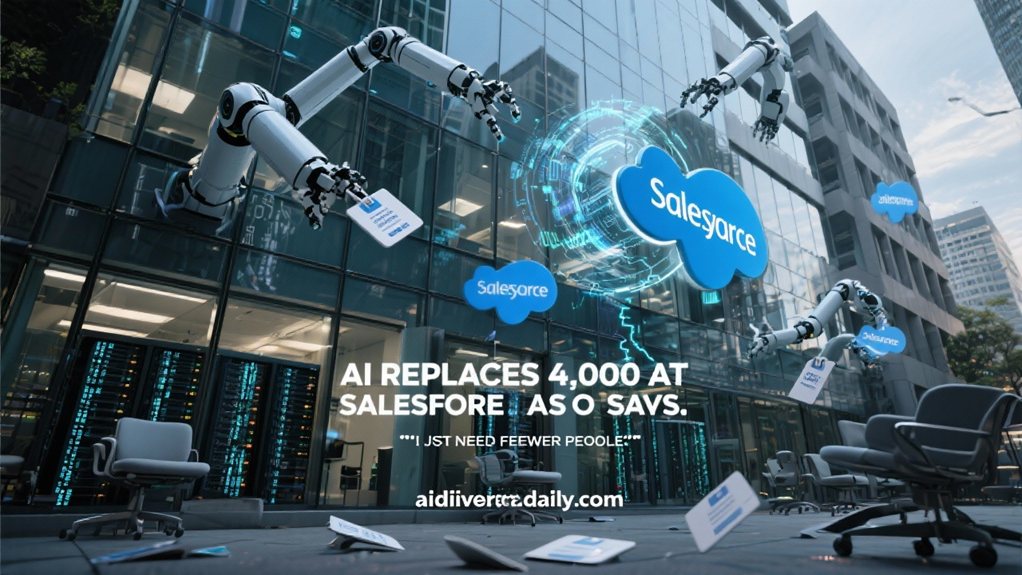The Trump administration revealed an aggressive new AI Action Plan Framework in July 2025, taking aim at federal regulations deemed barriers to innovation. The plan, boasting over 90 policy actions, makes clear that federal rules won’t stand in America’s way to “global AI dominance.” About time, some might say.
Critics are already calling it a “legal meltdown.” No surprise there. The framework fundamentally bulldozes through regulatory red tape that has allegedly hampered AI development. It’s organized into three pillars: Accelerating Innovation, Building AI Infrastructure, and Leading International Diplomacy. Very presidential-sounding stuff.
The plan’s deregulatory approach is unmistakable. It explicitly revises existing AI risk frameworks to remove references to Diversity, Equity, and Inclusion. DEI is out. American dominance is in. The administration has emphasized that federal AI models must uphold free speech and avoid bias as part of this initiative. The shift reflects the administration’s broader stance on federal regulations—they’re obstacles to be cleared, not protections to be cherished.
DEI is yesterday’s news. America’s AI future demands clearing regulatory roadblocks, not preserving them.
Federal procurement gets a major overhaul too. Government agencies can only buy AI systems deemed “neutral” and “nonpartisan.” The initiative raises concerns about algorithmic bias potentially impacting marginalized communities through flawed decision-making. No more models that “promote ideological dogmas” like DEI. It builds on Trump’s earlier executive orders from 2020, but with more teeth. Federal agencies now face strict rules about which AI tools they can purchase. Truth and accuracy, they say. Nothing political.
Infrastructure development gets the green light treatment. Data centers and semiconductor fabrication facilities will see expedited permits. Build, baby, build seems to be the motto. The Commerce and State Departments are tasked with exporting American AI packages to allied countries, complete with federal financing tools to make it happen.
The sheer scope of the plan is staggering—over 90 policy actions affecting multiple agencies and sectors. Businesses now face an evolving regulatory landscape that simultaneously removes barriers while creating new compliance questions. It’s freedom with a side of uncertainty.
Public input shaped the framework, with over 10,000 comments from academia, industry, and government during development. Whether that input actually steered decisions remains anyone’s guess.
What’s clear is this: the Trump administration is betting big on AI deregulation as the path to American technological supremacy. The plan signals a strong preference for centralized federal regulation over the patchwork of emerging state AI laws. For supporters, it’s a bold move to release innovation. For critics, it’s a reckless dismantling of necessary guardrails. Either way, federal rules are now squarely in AI’s crosshairs.









